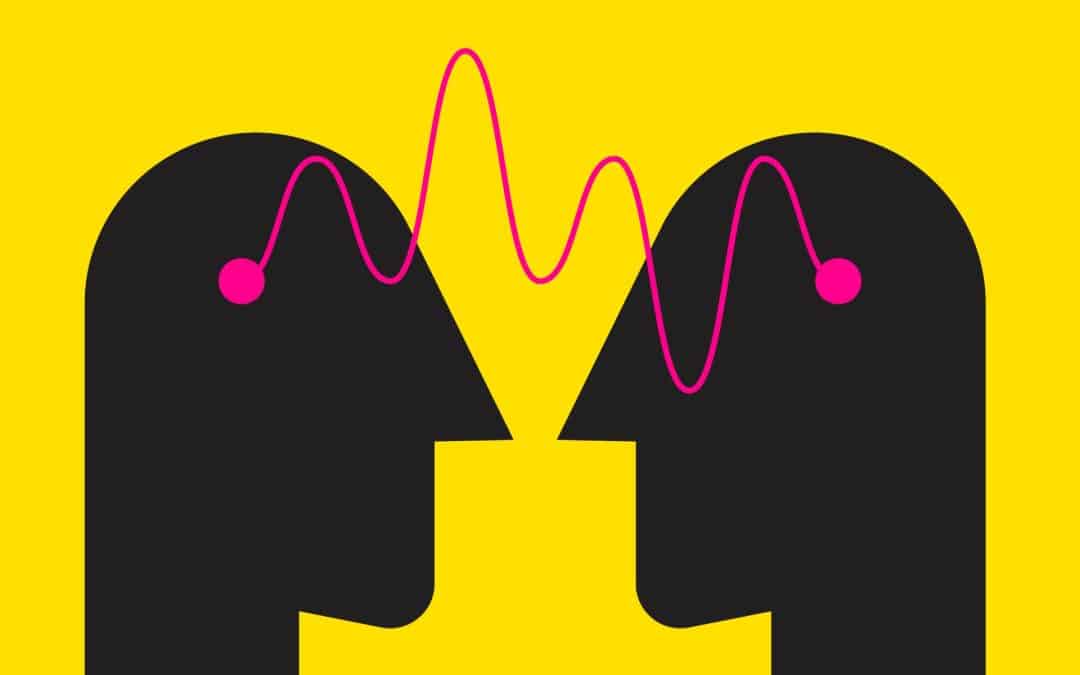A new potential biomarker for Attention Deficit Hyperactivity Disorder (ADHD) and Autism has been found.
“It’s often said that ‘the eyes tell it all’, but no matter what their outward expression, the eyes may also be able to signal neurodevelopmental disorders such as ASD and ADHD”
Researchers from Flinders University and the University of South Australia studied ERG electroretinogram (ERG) – a diagnostic test that measures the electrical activity of the retina in response to a light stimulus. They found that people with ADHD and Autism had distinctly different responses. People with ADHD had a high response to the light stimulus and autistics had a slower response.
This study is interesting from a Polyvagal Theory perspective. The Polyvagal Theory highlights the way that the body works in response to the internal and external environment. Internally the vagus nerve is the part of our body that helps our system go into flight/fight, stay in a soft, calm state or go into an immobilised state.
The vagus nerve is the largest cranial nerve and it influences our other cranial nerves. The other cranial nerves operate our eyes, ears, tongue, taste, head turning muscles. The vagus nerve will turn the other cranial nerves on, or off, depending on what we need and four of these twelve cranial nerves relate to the eyes and their ability to move and respond to light.
When we are in a flight/fight state our eyes move very fast, they are darting around focused on a threat. When we are in an immobilised state, our eyes can become very switched off and unfocused (think grief or shock). It makes sense then that their eyes will reflect this is an ERG test for people with developmental issues. The eyes may well get stuck in a fixed pattern that reflects the overall pattern of the nervous system.
“Retinal signals have specific nerves that generate them, so if we can identify these differences and localise them to specific pathways that use different chemical signals that are also used in the brain, then we can show distinct differences for children with ADHD and ASD and potentially other neurodevelopmental conditions.”
I see this often in my practice. When we can teach people to move their body out of a fixed state – either high or low – they gain more flexibility in being able to move into other states. Their vagus nerve becomes more robust and their eyes and ears follow suit, they become more responsive.
I often have clients who are able to see better, read better and socially respond better – because their eyes are more fluid and able to attend to their world. Sometimes they need new glasses or are told they no longer need glasses.
The eyes are intimately connected to the nervous system and when we soften the system as a whole all manner of things can change for the better. To learn more about this way of working please join me for my online course that includes regular live calls to support you in your journey.





